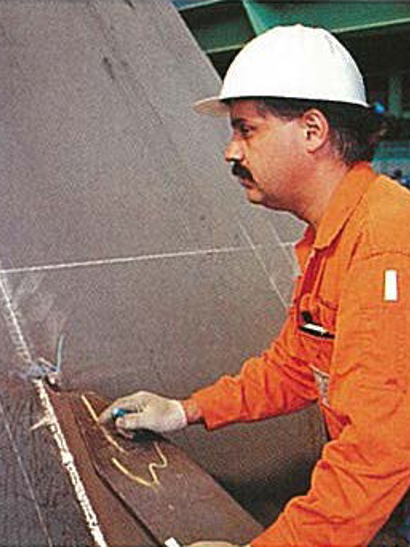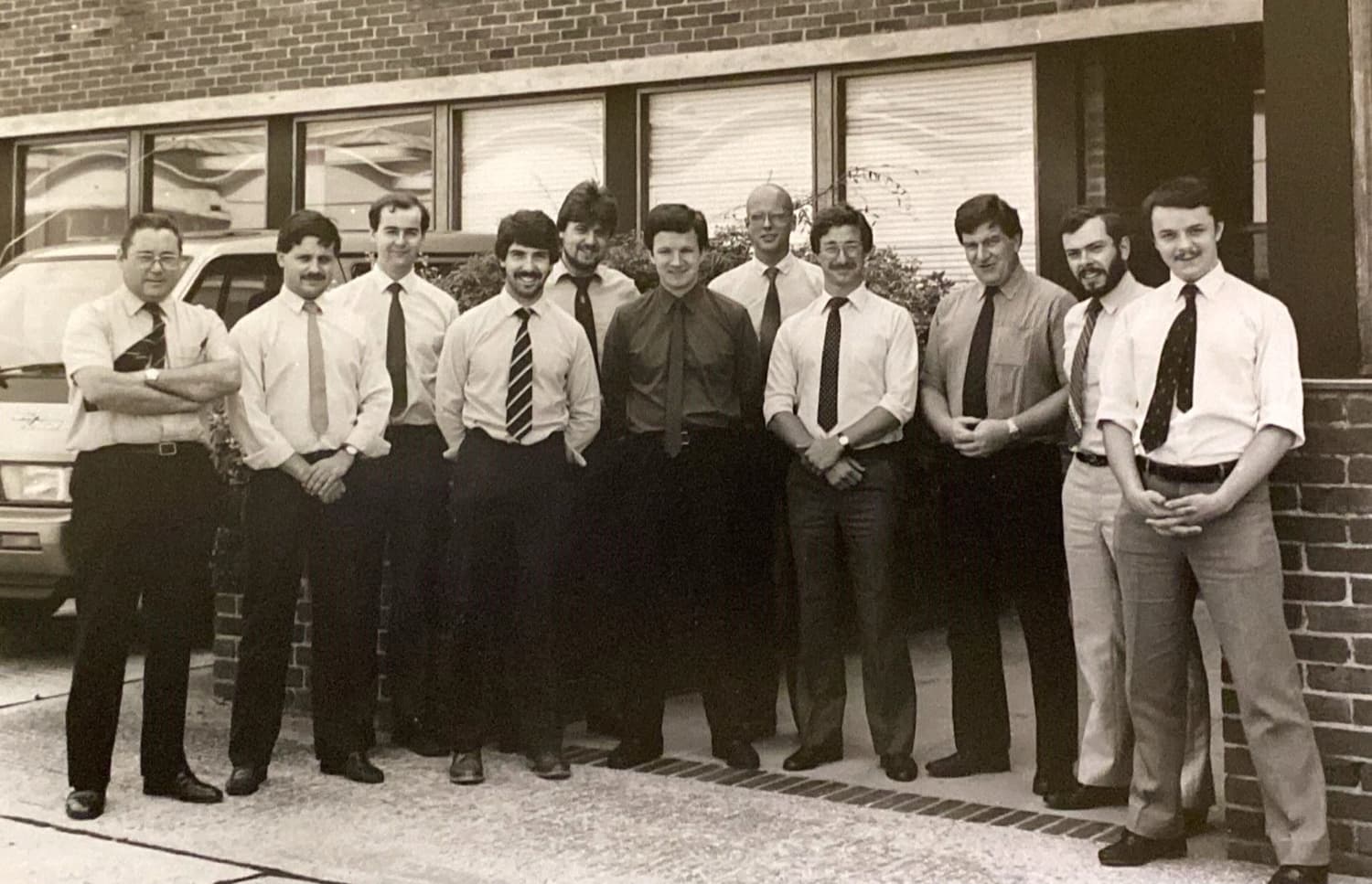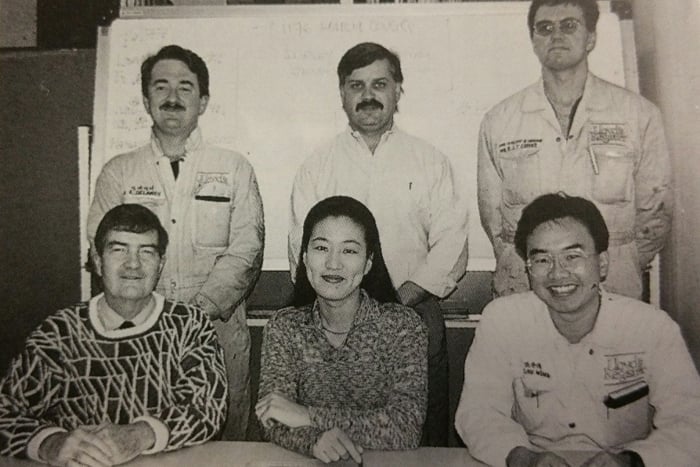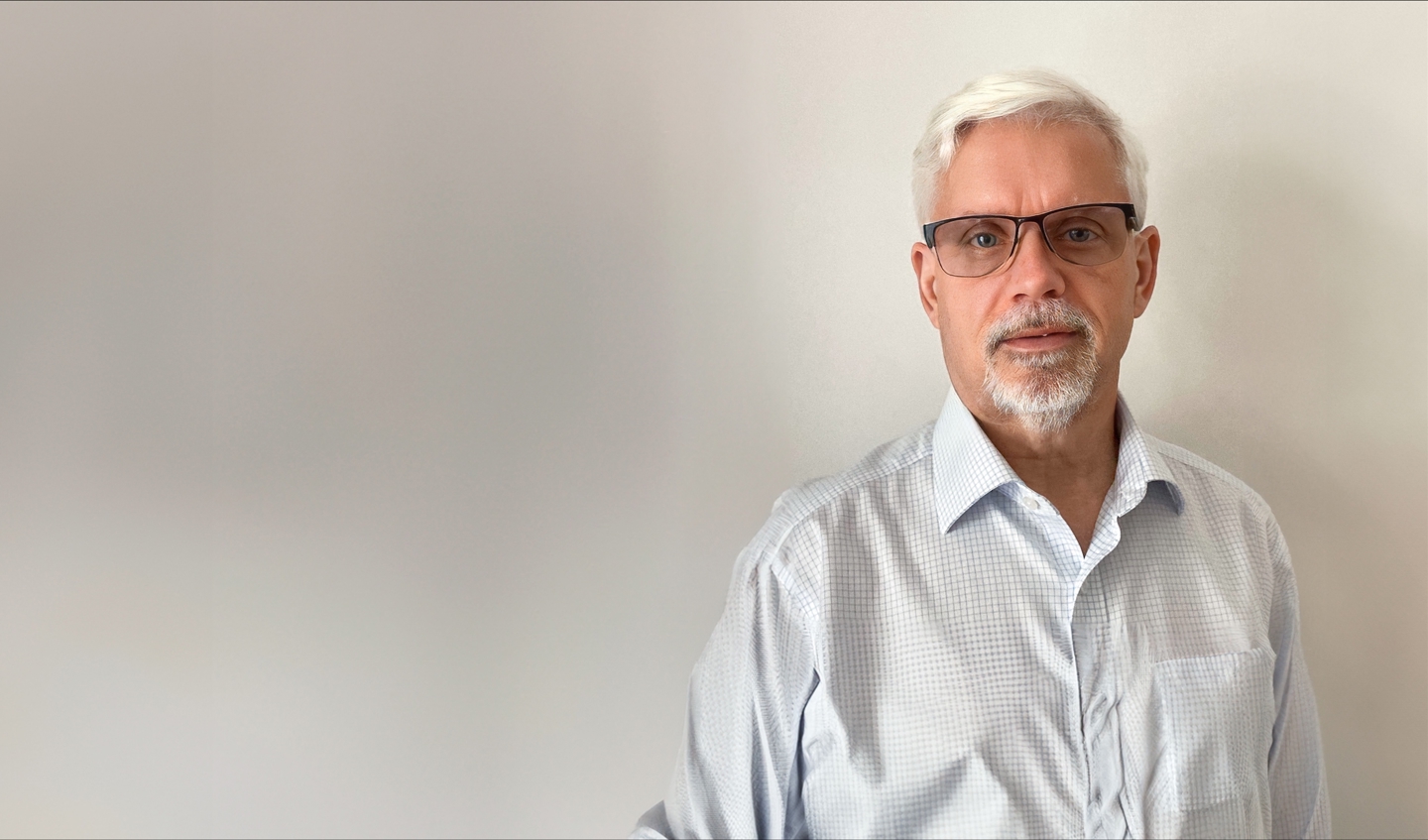From the rise of Chinese shipbuilding, to the advent of digitalisation, LR's Chief Surveyor, Iain Wilson, has been on the ground (or ship) to witness first-hand some of the biggest changes in shipping over the last 42 years.
His career took him to China when the country was emerging as a shipbuilding giant. And he has seen surveying move from analogue, paper-based reporting, to the use of remote surveys.
Despite the depth and breadth of his career, Wilson never had his sights on becoming Chief Surveyor. “I would have been quite happy with being a Regional Manager,” he said during an interview with Horizons. But it seems that Lloyd’s Register had other plans for him.
A proponent of remote surveys in certain scenarios, Wilson is not afraid to use technology to enhance processes and improve safety. He sees the advantages of digital reporting systems and how they provide easy access and assurance to clients.
It’s communication, however, that has been the “biggest game changer I’ve seen” he told Horizons. “There are distinct positives and negatives. It’s great to be able to contact a colleague and get advice, but it also encourages us not to be accountable and to avoid making decisions on our own.”
That said, he acknowledges that today’s vessels are far more complex, making it more difficult for a surveyor to rely entirely on their knowledge.
The increasing technological advancements applied to vessels have also led to a more complex statutory landscape, observed Wilson. “Regulations such as SOLAS and MARPOL have obviously had a positive influence on ship safety, however, whilst new regulations have come into force fairly quickly, very few have been taken away.”
He points to tank coatings and the introduction of Common Structural Rules, which have significantly improved the condition of the ballast tanks and improved safety to such an extent that Wilson feels it’s time to consider relaxing younger ships’ tank inspections during routine surveys.
Looking forward, however, Wilson believes that the biggest disruptor is yet to come – decarbonisation.
“There is a huge amount to be done and we have only really just started,” he told Horizons. “The industry will have to move from a standardised bunkering system, to one that involves multiple fuels with as yet little infrastructure to support them. Crew still need to be trained and assets must be retrofitted to use new fuels. It’s not just a technical challenge, it’s a commercial and economic one”.
It may be a challenge, but it’s also an opportunity, he observes, adding that these new developments make it an incredibly exciting time to become a class surveyor. “It’s a job that’s taken me around the world,” said WIlson, “and it involves genuine hands on engineering.”
For all the talk of technology and changing business landscapes, when it comes to succeeding as a surveyor, Wilson says it’s about how you interact with people. “It’s about communicating and influencing. You often have to tell someone that’s something’s not right, but there are ways of doing it that bring the best outcomes. And that’s what makes a surveyor stand out.”

A life in shipping
Wilson’s career in maritime stems from growing up in Glasgow, with the River Clyde on its doorstep.
“Offshore was big in Scotland at the time I entered university,” he explained, “so it made sense to pursue a career in it”. After a false start with a naval architect degree at University of Strathclyde, he was lured away by a scholarship trainee programme at Ford Motor Company. However, after six months on industry rotation at the company’s Dagenham site, Wilson realised he “never wanted to work in a factory again!”
He went back to naval architecture, and a year before graduating from Strathclyde, was offered an internship with LR. After completing his degree in 1982, he went to work at 71 Fenchurch Street, London.

Iain Wilson (second left) in 1982 along with the other trainees that joined LR that same year. Four others pictured spent their career with LR – third left is Peter Thomson, who retired in 2018, front centre, Alan Carpenter (retired at the end 2022), fourth right, Jeff Baker (retired in 2022), and first right James Henton (retired 2017)
The four-year programme was formed of two years training and two years development. Training complete, mainly delivered in London and Liverpool, the recently married Wilson set off for his first oversees placement in Singapore. He would not be based in the UK for the next 24 years.
He spent two years in Singapore, working across all vessel types, including war damaged vessels from the Gulf and other repairs at Sembawang Shipyard.
“It was a very big and busy office, with 27 surveyors, and a lot of tankers. It was a great opportunity to work hard and pick up experience,” he said.
After two years Wilson left Singapore with his wife and one-year-old son, having achieved the title Surveyor in Development.
He was sent to Trinidad where he was part of a two-person team covering everything from super yachts to VLCCs. “Clients included the Government of Trinidad and Tobago who operated ferries and tankers and a UK-based shipping company that ran small tankers around the Carribean.
At the time ABS did not have exclusive surveyors in the area and so LR acted on their behalf as well. It was a period that Wilson says shaped him as a surveyor. “We were on our own in a small office without the benefits of modern communications,” he said. “It taught me to think on my feet, draw on the local experience and then make a considered judgement.”
From Trinidad to Hong Kong, which had a large client base of 500 ships. “We carried out a lot of periodical surveys for many European clients’ ships calling at the port,” explained Wilson, “but we didn’t not see much repair or newbuild work as Hong Kong has limited yard capacity. Much of the time was spent dealing with Hong Kong-based client queries and issues. In many ways this was a forerunner to the technical help desk model that LR has since adopted.”
It was at this point in Wilson’s career that he set himself the aspiration to achieve the title of Regional Manager. “It was also my first encounter with Roy Thompson, who at the time (1994) was Principal Surveyor for Hong Kong. Roy would go on to influence the second half of my career.”
For the next 14 years Wilson would move between Korea, Taiwan, China and then back to Korea. Two of these positions were initiated by Roy and “took me from being a surveyor in charge in a small office in Kaoshiung to managing two of our biggest countries. These career moves set me up for the positions that followed.”

Fast forward to 2008, and following four years in Busan, Korea, Wilson returned to London as the Fleet Services Manager to work on a Fleet Quality Improvement project. It was a short-lived homecoming, however, as by 2011, he was back in Singapore as Regional Manager for Asia. According to Wilson, “that would have been enough,” but opportunities kept presenting themselves.
Wilson moved back to Southampton in 2015 and whilst he still travels regularly as part of his job, since then there has been “no more living abroad,” he told Horizons.
The following year he was promoted to Chief Surveyor, with responsibility for the technical governance functions of the Marine and Offshore activities, then later taking on the responsibility for the Central Services team, consisting of the Technical Investigation Department (TID), Ship Emergency Response Service (SERS) and the Fuel Oil Bunker Analysis and Advisory Service (FOBAS).
“In this role I run the various departments, trouble shoot operational issues, manage client issues and support local teams globally. Projects vary in scope and size and can range from a small ferry in Canada and to major issues on a large gas ship’s containment systems.”
Soon Wilson will swap his hard hat for a round of golf as he returns to Scotland to embark on the next chapter of his life. He plans to enjoy time with his wife, two children and grandson.
His advice for the next generation of surveyors is, “never stop learning. There is always something new to discover.”







